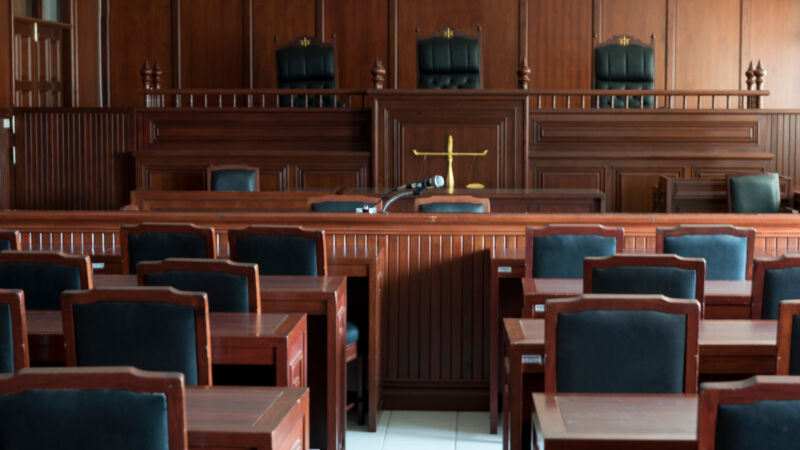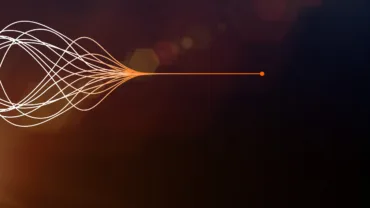Courts around the country are struggling with limited budgets, increasing caseloads, backlogs, and workforce constraints. To deal with these issues, it is essential that courts leverage technology to increase productivity, access, and fairness.
To better understand the current state of technology within the courts and to help identify opportunities to make courts more efficient and accessible, Thomson Reuters recently commissioned a 2023 Court Trends & Technology Survey.
Courts survey key findings
Courts are investing in technology: Almost two-fifths reported an introduction of new/improved methods/processes or service innovations in the past 12 months. The top improvements are E-filing, Zoom/Web-Ex/Teams, etc., and virtual/remote hearings. Although these are critical technology investments for a court’s digital infrastructure, more can be done to ensure the judge has access to all relevant information and legal analysis to make faster decisions with confidence.
Virtual courts are here to stay: Naturally, the pandemic also seems to have spawned a broader adoption of virtual hearings to help with these delays. That trend has continued, as the majority of respondents said they regularly attend virtual hearings, and 40% of those asked said they actually outnumber traditional ones now. Further, video conferencing has been adopted by 90% of respondents.
Opportunity to reduce delays by addressing root causes: One of the major factors that slows a case down is hearing delays. The TR survey showed that the average Judge has 58 hearings per week. And, on average 10 of those hearings (18%) were delayed. Moreover, a hearing delay has a domino effect on other cases. 77% of the judges surveyed said that the impact of a single delay impacts other cases on the docket. Implementing solutions to reduce the number of hearing delays is key to any modernization strategy.
The survey further asked courts to identify the top causes for delays. The number one cause for delays was failure to appear, the number two cause was for evidentiary delays, the number three cause was clerical error, and the number four cause was legal issue.
Strategies to reduce delays
Offer remote participation options – In Arizona, judges and other court officials reported a notable boost in participation rates in 2020, largely due to remote access. There was an 8% year-over-year drop in automatic judgments in June of 2020 and the failure-to-appear rate for eviction proceedings in Arizona’s largest county, Maricopa, dropped from close to 40% in 2019 to just around 13% in February of 2021.
Organize evidence and legal analysis – A judge’s time is the court’s most valuable resource. It is critical that any modernization strategy includes solutions that shorten the time it takes for the judge to gain all the requisite information needed to confidently make a decision.
A courtroom-based evidence management system can help. Unorganized and inaccessible digital evidence slows down courtroom proceedings. A recent NSCS study stated, “The increasing availability of video evidence… is creating challenges and increasing case preparation time”. However, the courts survey found that 75% of respondents said they do not use a digital evidence management system. Yet, two-thirds of those respondents reported it would be beneficial for them to do so. Furthermore, among judges who currently do not use a digital evidence management system, over two-thirds think that having one would benefit a great deal from the process of sharing digital evidence with the court.
Thomson Reuters suite of court solutions
Thomson Reuters offers a suite of products that can help judges not only effectively manage digital evidence but also organize and analyze both the facts and the law of a case.
Case Center: Case Center reduces delays by making case materials instantly available to all parties in a secure cloud environment. With Case Center, judges, attorneys, and their staff can submit and share evidence and exhibits in a digital environment for virtual and physical court hearings and trials. Judges that use Case Center agree it improves evidence sharing, reduces the need for paper, and speeds up court proceedings.
Westlaw Precision: Westlaw Precision is the latest and most advanced legal research system. With Westlaw Precision, judges can find legally and factually similar cases with unparalleled speed, accuracy, and confidence. By using Westlaw Precision, users found relevant cases over twice as fast compared to traditional research methods.
Quick Check Judicial: Quick Check Judicial enables judges to upload multiple briefs and leverage AI to compare citations relied upon by each party, uncover relevant authority that was omitted, and quickly verify the accuracy of quotations and citations ultimately ensuring they have not missed a critical piece of law.
A well-curated, organized suite of relevant legal analysis tools will help court systems of every shape and size. It reduces waste, both time and paper, and empowers judges with unprecedented organization. With Case Center, Westlaw Precision, and Quick Check Judicial, judges have everything at their fingertips needed to make decisions faster and with more confidence all in one place.
Get an exclusive look into the current state of the courts in the 2023 State of the Courts report.









